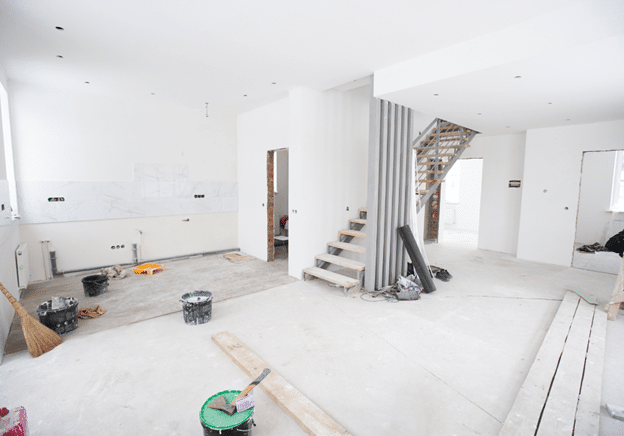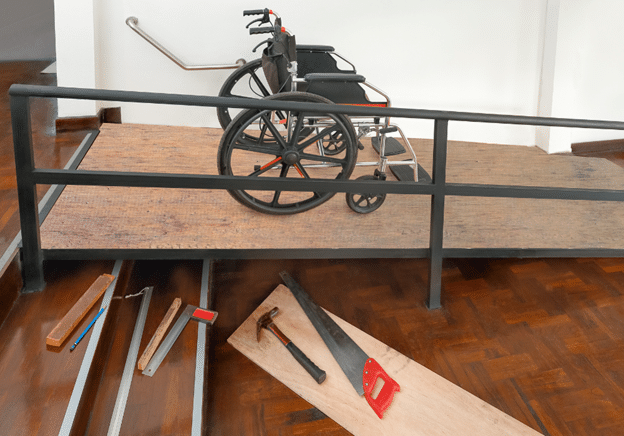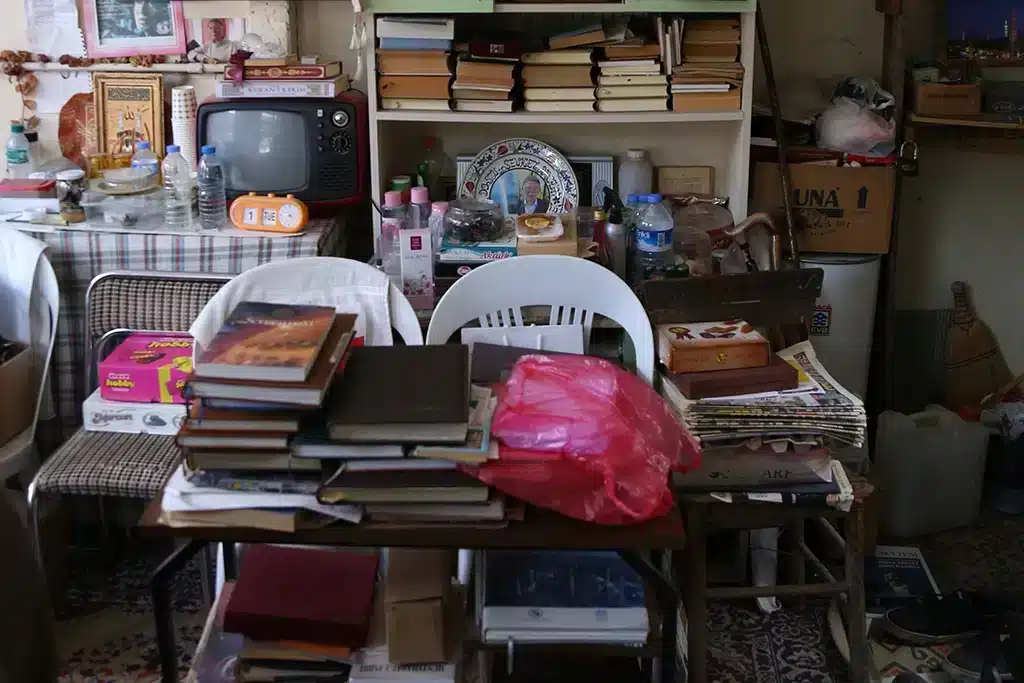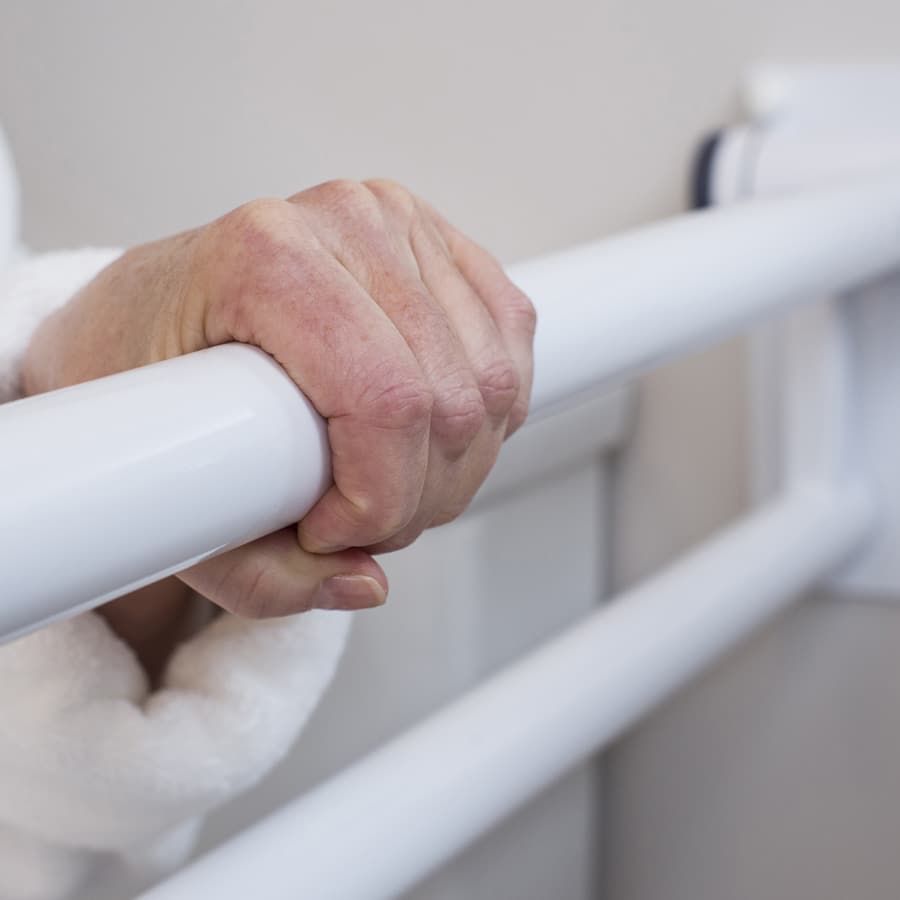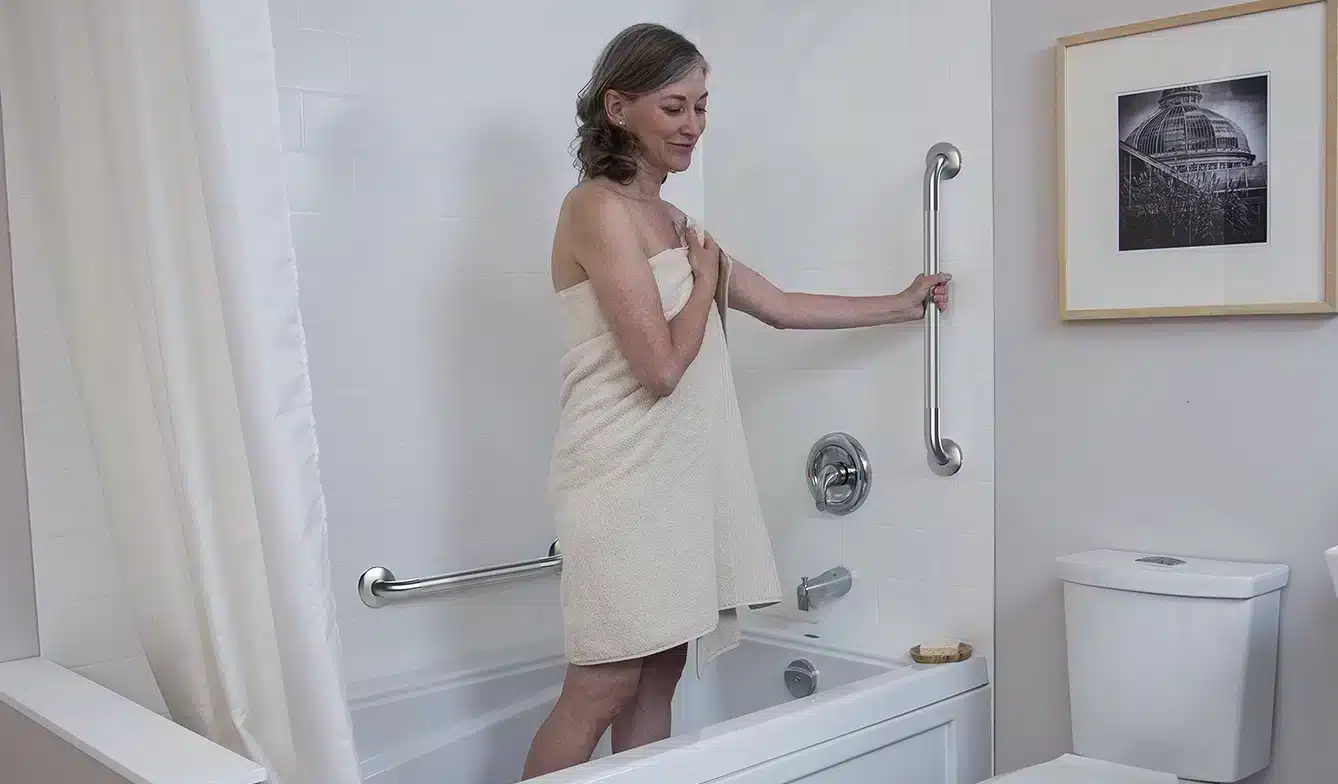Navigating Canadian Tax Credits for Your Bathroom Remodel
Nearly one-third of Canadian seniors experience falls each year, leading to significant health impacts and a financial toll of $5.6 billion CAD. Beyond the physical injuries and financial costs, falls among older adults also carry a profound emotional toll, impacting their sense of independence and causing distress for their families. The urgency to enhance the safety and accessibility of living spaces has never been more critical.
Recognizing the potential cost barriers to making these vital home improvements, the Government of Canada offers a range of tax credits. These financial supports aim to alleviate the burden of expenses related to home renovations, such as bathroom remodels. Creating accessible bathrooms through the installation of grab bars, walk-in showers, non-slip flooring and more, ensures Canadians have the opportunity to create safer home environments. Below, we provide a few Canadian tax credits that you might be able to use for your home renovation project.
Home Accessibility Tax Credit (HATC)
- What it is: A non-refundable tax credit for renovating homes for safety and accessibility, catering to individuals with disabilities or those aged 65 and over. The HATC covers a broad range of renovations, including grab bars, walk-in showers, wheelchair ramps, and more.
- Requirements: For the 2022 tax year and onwards, the maximum claimable expense limit was raised to $20,000. The tax credit amounts to 15% of your costs, providing a tax credit of up to $3,000.
- How to avail: The tax credit can be claimed on your annual tax return, and it’s crucial to retain all receipts related to the renovations.
- Expenses you can claim: You can claim expenses for modifications that enhance safety and accessibility within the home. This includes installations like grab bars, roll-in showers, walk-in bathtubs, wheelchair lifts, non-slip flooring, and door widening. Costs related to professional labor, construction permits, building materials, and equipment rentals for these renovations are also eligible.
Medical Expense Tax Credit
- What it is: A tax credit for Canadians to claim medical expenses, including bathroom aids like grab bars, shower seats, not covered by insurance.
- Requirements: Expenses must be paid within any 12-month period ending the current year.
- How to avail: Claim on lines 33099 or 33199 of your tax return for expenses paid for yourself, spouse, common-law partner, or dependents.
- Expenses you can claim: Expenses for medical care, including bathroom modifications for accessibility, prescriptions, and bathroom safety aids. Receipts and other documents must be retained for verification.
Multigenerational Home Renovation Tax Credit (MHRTC)
- What it is: A refundable tax credit introduced for the 2023 tax year to assist with the costs of creating a self-contained secondary unit for a senior or an adult eligible for the disability tax credit to live with a qualifying relative. This is only applicable if you are adding a complete second unit, including kitchen, bathroom, entrance.
- Requirements: You can claim up to $50,000 in qualifying expenses for renovations that enable the creation of a secondary unit within an eligible dwelling. The tax credit amounts to 15% of your costs, with a maximum of $7,500 per claim.
- How to avail: Eligible individuals can claim this credit on their 2023 Income Tax and Benefit Return.
- Expenses you can claim: Eligible expenses encompass costs for goods, services, and professional work, including building materials, fixtures, and equipment rentals. Expenses must be directly related to the renovation, made after December 31, 2022. Self-performed renovations qualify for material and rental costs, excluding labor or tools. Expenses by related persons are eligible if they’re GST/HST registered. Costs for permits and equipment rentals for the renovation are also claimable.
GST/HST New Housing Rebate
- What it is: GST stands for Goods and Services Tax, which is a federal tax applied to most goods and services sold or provided in Canada. HST stands for Harmonized Sales Tax, which combines the federal GST with provincial sales taxes in some provinces, creating a single, harmonized tax. This rebate allows individuals to recover some of the GST or HST paid on the purchase of a new home, on the construction or substantial renovation of their home, or the conversion of a non-residential property into a home.
- Requirements: Eligibility includes buying or building a new home as a primary residence, substantial renovations to an existing home, or converting a non-residential property into a dwelling.
- How to avail: Applicants must submit the appropriate forms to the Canada Revenue Agency (CRA), providing documentation of the GST/HST paid and details of the purchase, construction, or renovation.
- Expenses you can claim: These include the GST or HST paid on the purchase of a new home, substantial renovations, or the conversion of non-residential to residential property. This encompasses costs related to buying new or substantially renovated housing, shares in cooperative housing for primary residence use, or construction, and substantial renovation costs under certain conditions. For a comprehensive list of eligible and ineligible expenses, consult this RC4028 guide.
Additionally, specific provinces offer unique tax credits for homeowners. These regional incentives can provide further financial benefits for various home improvements or renovations.



